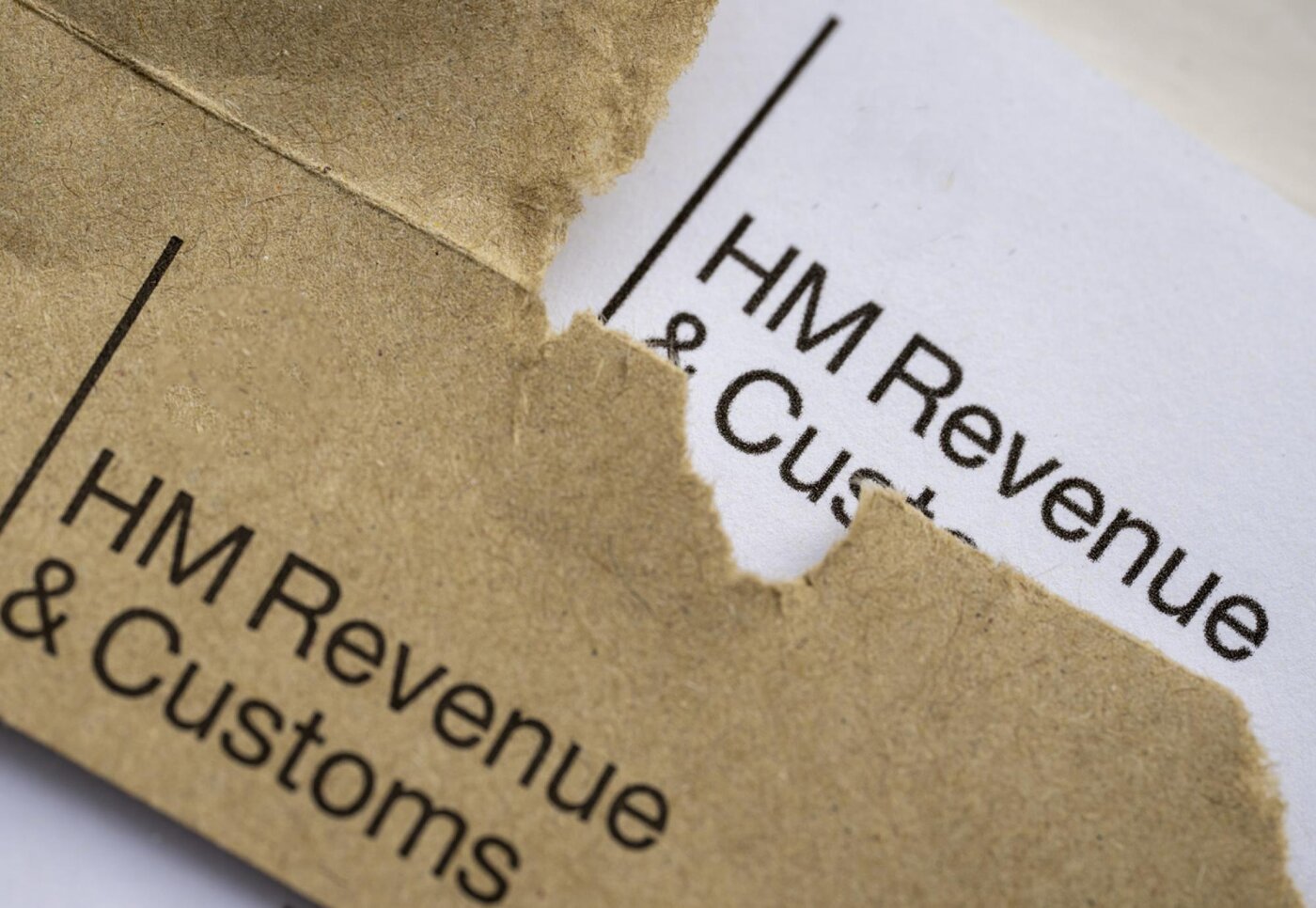Record Tax Arrears Revealed
HMRC data shows that total outstanding tax liabilities climbed to £34.1 billion for the year ending April 2025. This figure surpasses the previous peak of £29.4 billion recorded in April 2024. Notably, self-assessment debts accounted for £18.7 billion, up 18% year-on-year. Corporation tax arrears rose by 12%, with liabilities reaching £8.3 billion.
Pandemic Deferrals Fuel Increase
Businesses deferred VAT and PAYE payments under pandemic support schemes through March 2022. These deferrals contributed £19.6 billion to the current arrears total. HMRC data shows that 1.9 million businesses used the VAT deferral scheme. Of that total, £3.2 billion remains outstanding beyond its extended repayment term.
Government Response and Measures
Chancellor Rachel Reeves said the government is committed to ensuring fairness while supporting recovery. 'We recognise the unprecedented challenges faced by businesses during the pandemic and will act accordingly,' Reeves said. A Treasury spokesperson confirmed that repayment plans are under review to mitigate liquidity pressures. 'We are exploring tailored support options to balance fiscal integrity with economic recovery,' the spokesperson said.
Expert Concerns and Recommendations
Institute for Fiscal Studies analyst John Smith warned that elevated arrears could hamper long-term growth. 'High tax debt levels risk diverting capital from investment and innovation,' Smith said. The IFS recommended expanding flexible repayment schemes and enhancing debt transparency. Smith added that targeted relief for SMEs could prevent defaults and insolvencies.
Impact on Businesses and Individuals
Small and medium-sized enterprises reported ongoing cash-flow difficulties tied to deferred tax bills. A survey by the Federation of Small Businesses found 42% face repayment challenges. Individuals with self-assessment liabilities cited unexpected bills and interest charges. Consumer advocacy group Which? called for clearer communication on repayment terms.
Outlook for Debt Collection
HMRC will deploy additional resources to pursue long-standing debts and improve collection rates. The department plans to increase staffing in its debt management division by 15%. Officials expect arrears to peak in late 2025 before gradual decline. Future tax receipts and economic growth will shape the trajectory of outstanding liabilities. HMRC is scheduled to publish its mid-year debt management review in November, which may outline further policy changes.
Government stance
An HMRC spokesman said: “Most people pay tax on time and in full, but it’s right that we seek to recover tax from the tiny minority who have the funds to pay, but refuse to. These powers are subject to robust safeguards and we will continue to support customers who need help with their payments.”
The move forms part of a wider push to close the UK’s “tax gap”, which has widened since the pandemic. Ministers have committed hundreds of millions of pounds in additional investment for debt recovery operations, including hiring thousands of new staff.
Safeguards in place
Under the rules, HMRC must leave at least £5,000 across a debtor’s accounts and can only act once repeated contact attempts and appeal deadlines have passed. Funds can be taken not only from current and savings accounts but also from cash ISAs.
Taxpayers have the right to appeal if they dispute the amount owed. HMRC says the process is designed to focus on deliberate non-payers while continuing to support those facing genuine financial hardship.
With billions in unpaid tax still outstanding, the revival of the DRD scheme signals HMRC’s tougher stance on enforcement. Supporters say the powers will deter deliberate non-payment, while opponents warn of risks to public trust.
For households and businesses, the development underscores the importance of staying on top of obligations. Apps like Pie can help taxpayers keep track of income, liabilities, and deadlines, ensuring fewer surprises as HMRC steps up its debt recovery efforts.











